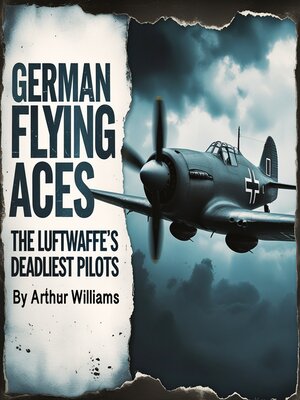
Sign up to save your library
With an OverDrive account, you can save your favorite libraries for at-a-glance information about availability. Find out more about OverDrive accounts.
Find this title in Libby, the library reading app by OverDrive.



Search for a digital library with this title
Title found at these libraries:
| Library Name | Distance |
|---|---|
| Loading... |
This audiobook is narrated by a digital voice.
When the Great War erupted across Europe in 1914, military aviation was still in its infancy. The first powered flight had occurred barely eleven years earlier, and most military leaders viewed aircraft as curiosities better suited for reconnaissance than combat. Yet within months of the conflict's outbreak, the skies above the Western Front would become a deadly arena where young men battled for supremacy in fragile machines of wood, wire, and canvas.
Germany entered the war with a modest aviation force, possessing fewer than 250 military aircraft scattered across various units. The German Air Service, or Deutsche Luftstreitkräfte, initially focused on observation and artillery spotting, with pilots and observers working to direct ground fire and gather intelligence on enemy positions. These early aviators flew unarmed, their greatest weapon being a camera and their most pressing concern avoiding enemy ground fire.
The transformation from reconnaissance to combat occurred gradually, born from the practical needs of warfare. As opposing observation aircraft began interfering with each other's missions, pilots started carrying rifles, pistols, and even hand grenades to discourage enemy flyers. The first aerial victories were often crude affairs, with pilots taking potshots at each other while struggling to control their aircraft. The inherent difficulties of aiming a rifle while piloting a primitive aircraft made these early encounters more dangerous to the shooter than the target.







